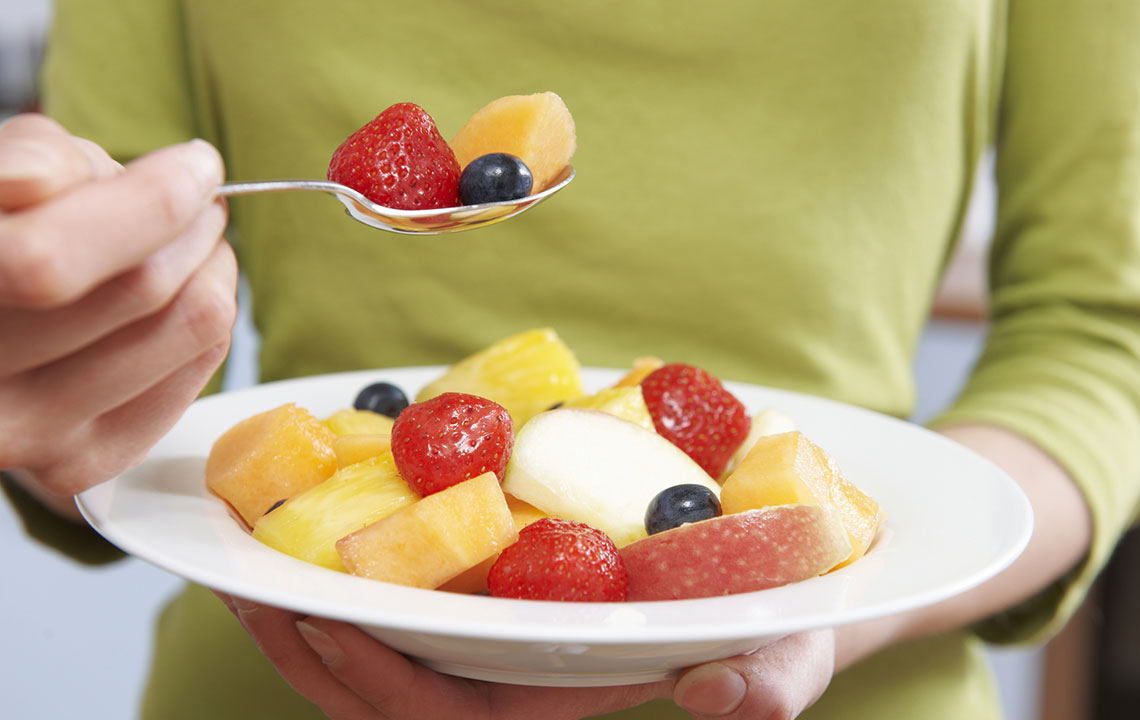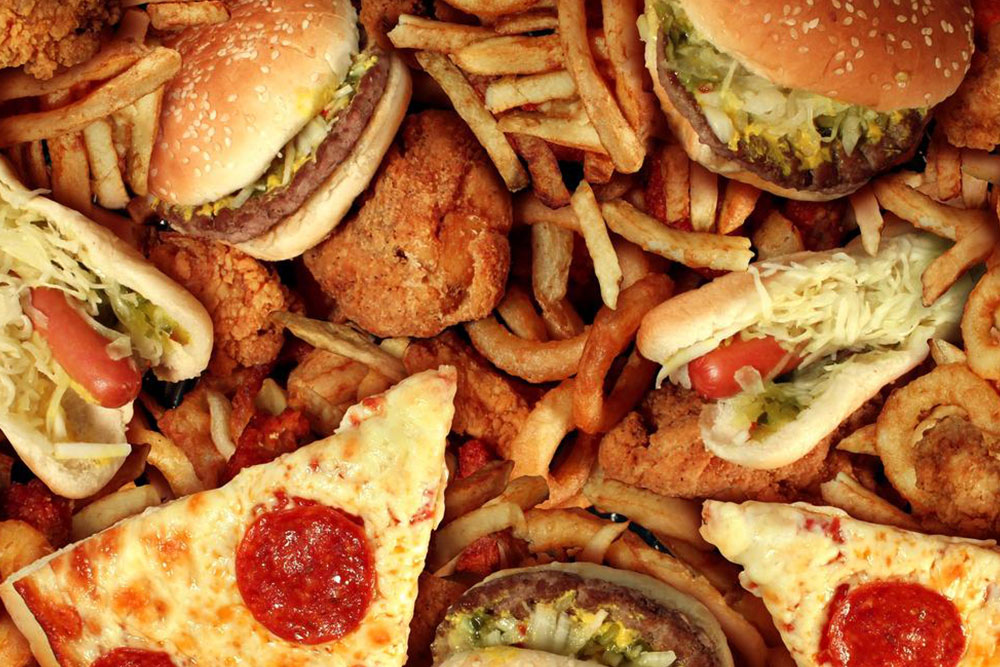Creating a Migraine-Prevention-Friendly Nutrition Plan
Learn how to design a migraine-friendly diet by identifying common food triggers and adopting effective eating strategies. This guide covers elimination diets, gluten-free options, and the benefits of the Mediterranean and vegan diets to help manage migraine symptoms efficiently.
Developing a Nutrition Plan to Minimize Migraine Triggers
Migraines extend beyond simple headaches; they are complex neurological episodes often marked by heightened sensitivity to light and sound, nausea, and varying intensity. Factors like hormonal shifts, dietary changes, and genetics contribute to their onset. Managing migraines may involve medications or lifestyle modifications, especially diet adjustments. Understanding common triggers is key to effective management.

Common Migraine Triggers in Food and Drinks
Alcohol
Alcohol consumption is a leading migraine trigger. Its interaction with blood vessels in the brain often causes hangover symptoms and can lead to immediate or delayed migraines. Substances like tyramine, histamine, tannins, and sulfites in alcoholic beverages such as wine, beer, and spirits contribute to inflammation and neurotransmitter fluctuation, triggering headaches.
Caffeine Withdrawal
Caffeine provides a daily boost for many, but sudden reduction or cessation can induce migraines. Beverages with caffeine, including coffee, chocolate, energy drinks, and flavored sodas, can cause withdrawal headaches if stopped abruptly, particularly in habitual consumers.
Meat, Dairy, and Soy Products
Sausages, cold cuts, and substitutes with nitrates can dilate blood vessels and stimulate neural pathways, leading to migraine attacks. Additionally, tyramine in foods like yogurt, cheeses (blue, feta, parmesan), and soy items (miso, tempeh) may alter serotonin levels, affecting mood and pain regulation. These imbalances can trigger headaches.
Other Food Triggers
Phenylethylamine, found in processed foods, yellow cheeses, citrus fruits, chocolate, and foods rich in MSG (monosodium glutamate), can also provoke migraines. Avoiding these foods helps reduce migraine frequency.
Optimal Diet Strategies for Managing Migraines
Eliminating known triggers is essential, but gradual transition strategies lessen withdrawal discomfort. Practicing mindful eating and gradual reduction in trigger foods can support better adaptation. Such diets can also facilitate weight management, which is beneficial since obesity correlates with increased headache severity.
Elimination and Gluten-Free Diets
Removing processed meats and foods containing gluten (wheat, barley, rye) benefits those with gluten sensitivity or celiac disease. Incorporate fresh fruits, vegetables, plain rice, quinoa, or potatoes as healthy, gluten-free alternatives.
Mediterranean Diet
This diet emphasizes omega-3-rich foods, antioxidants, whole grains, and healthy fats like olive oil. It reduces inflammation and may lessen migraine episodes by balancing fatty acid intake.
Plant-Based and Vegan Options
A plant-based, vegan diet eliminates animal products, removing many migraine triggers. Focus on soy, nuts, whole grains, and vegetables for nutrient-dense meals without headache-provoking compounds.
Consult a healthcare professional or nutritionist to customize your diet plan, ensuring nutritional balance and effective trigger management. Proper portioning plays a crucial role in diet success, so seek expert guidance when trying new approaches.
Note:
The articles on this site offer helpful insights, but should not replace professional medical advice. We do not guarantee the accuracy of all information or provide personalized diagnosis. Always consult a healthcare provider for tailored recommendations and before making significant dietary changes.










